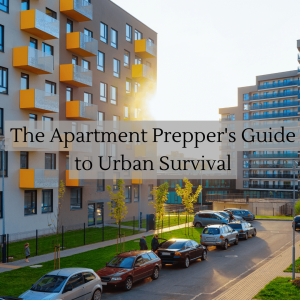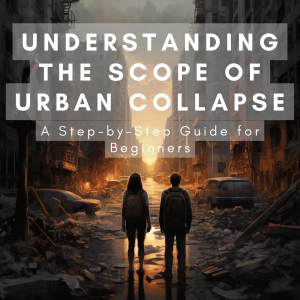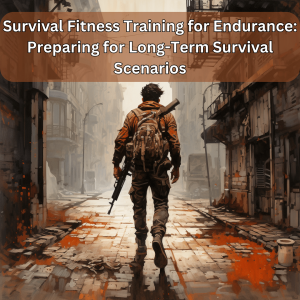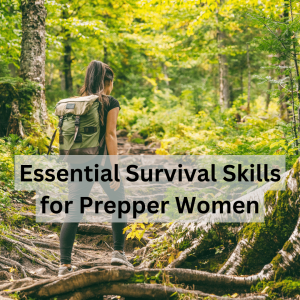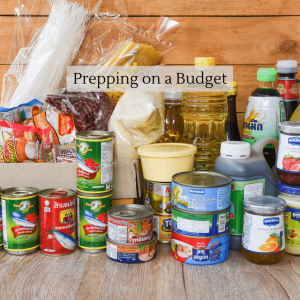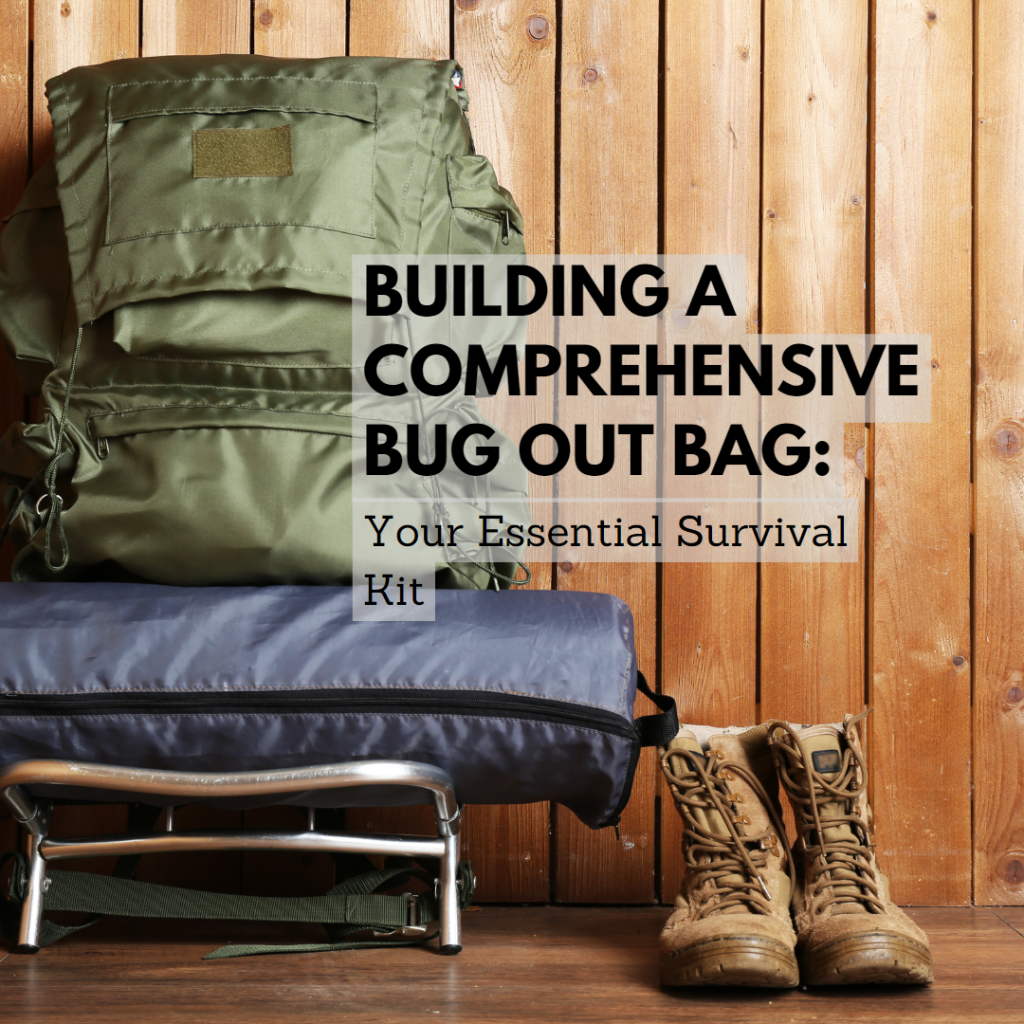
Prepare yourself for unforeseen emergencies with a meticulously assembled bug out bag (BOB). In this article, we will guide you through the process of building a comprehensive bug out bag that includes a firearm, knife, and essential supplies such as water purification, emergency food, communication methods like a ham radio or walkie-talkie, as well as crucial tools for survival.
- Choose the Right Bag: Select a durable backpack with multiple compartments for efficient organization. Look for a bag that can safely accommodate your gear, including firearms, knives, and other supplies.
- Firearms: Include a reliable and compact firearm suitable for self-defense in emergency situations. Store your firearm securely in a designated compartment within your bug out bag.
- Knives: Pack versatile knives suitable for various survival tasks. Include a fixed-blade knife for heavy-duty chores like cutting branches and preparing food. Additionally, a folding knife with a strong locking mechanism can be useful for everyday tasks. Choose high-quality knives made from durable materials.
- Water Purification: Ensure a clean water supply by including reliable water purification methods. Pack a portable water filter or water purification tablets to make water from natural sources safe to drink. Additionally, consider collapsible water bottles or a hydration bladder for convenient storage.
- Emergency Food: Include non-perishable food items in your bug out bag to sustain yourself during emergencies. Opt for high-calorie energy bars, canned goods, and lightweight freeze-dried meals. Remember to rotate your food supply regularly and check expiration dates.
- Shelter and Clothing: Prepare for shelter and clothing needs. Include a lightweight tent or tarp for protection against the elements. A sleeping bag or emergency blanket is crucial for warmth. Pack extra clothing suitable for various weather conditions, including socks, underwear, and durable outerwear. Don’t forget a rain poncho, gloves, a hat, and sturdy shoes or boots.
- Communication Methods: Stay connected and informed during emergencies. Include a ham radio or walkie-talkie with extra batteries to receive critical updates and communicate with others in your group or with emergency services. Familiarize yourself with operating procedures and relevant frequencies.
- First Aid Kit and Medications: A comprehensive first aid kit is essential for handling injuries and medical emergencies. Pack bandages, gauze pads, adhesive tape, antiseptic wipes, pain relievers, and any necessary prescription medications. Consider taking a first aid training course to enhance your knowledge and skills.
- Essential Tools and Equipment: Include versatile tools for various survival tasks. Pack a multi-tool, a sturdy fixed-blade knife, a folding saw, and a compact shovel. A reliable flashlight or headlamp with extra batteries is crucial. Carry a waterproof fire starter, lighters, and matches for fire-making. Additionally, include a whistle, signaling mirror, and compass for navigation and attracting attention if needed.
- Personal Hygiene and Sanitation: Maintain personal hygiene even in emergency situations. Pack travel-sized toiletries such as a toothbrush, toothpaste, soap, and hand sanitizer. Include toilet paper, wet wipes, and plastic bags for waste disposal. Consider including menstrual hygiene products if necessary.
- Cash, Important Documents, and Additional Considerations: Keep a small amount of cash in your bug out bag, including smaller bills and coins, as electronic transactions may be disrupted. Store copies of important documents like identification cards, passports, insurance policies, and emergency contacts in a waterproof bag or folder. Tailor your bug out bag to your specific needs, considering any necessary medications, special dietary requirements, or items for infants, elderly family members, or pets.
A well-prepared bug out bag with firearms, knives, and essential supplies ensures you’re equipped for self-defense, survival, and communication during emergencies. Regularly review and update your bug out bag contents, ensuring that supplies are up-to-date, properly stored, and meet your specific needs. By being prepared, you can face unexpected situations with confidence and resilience.
